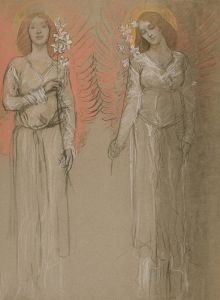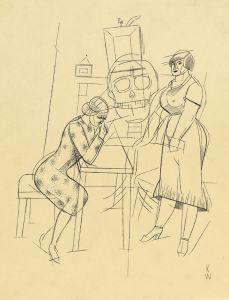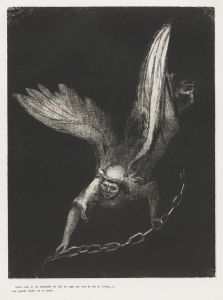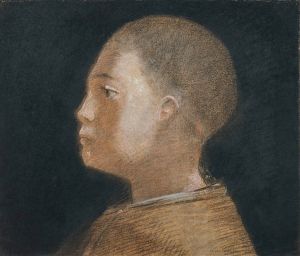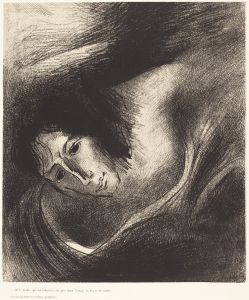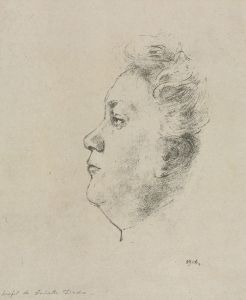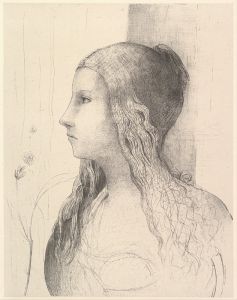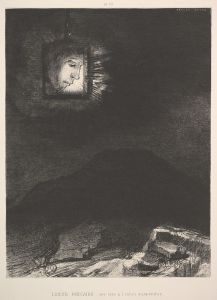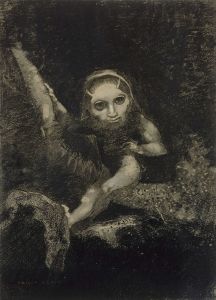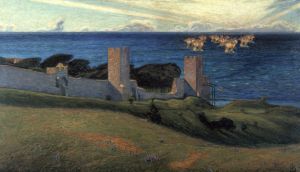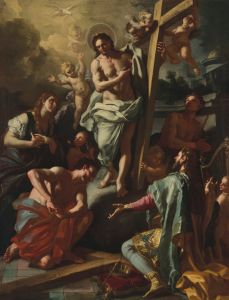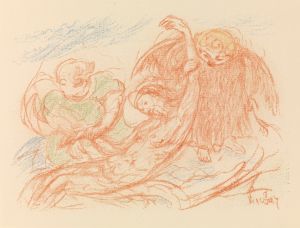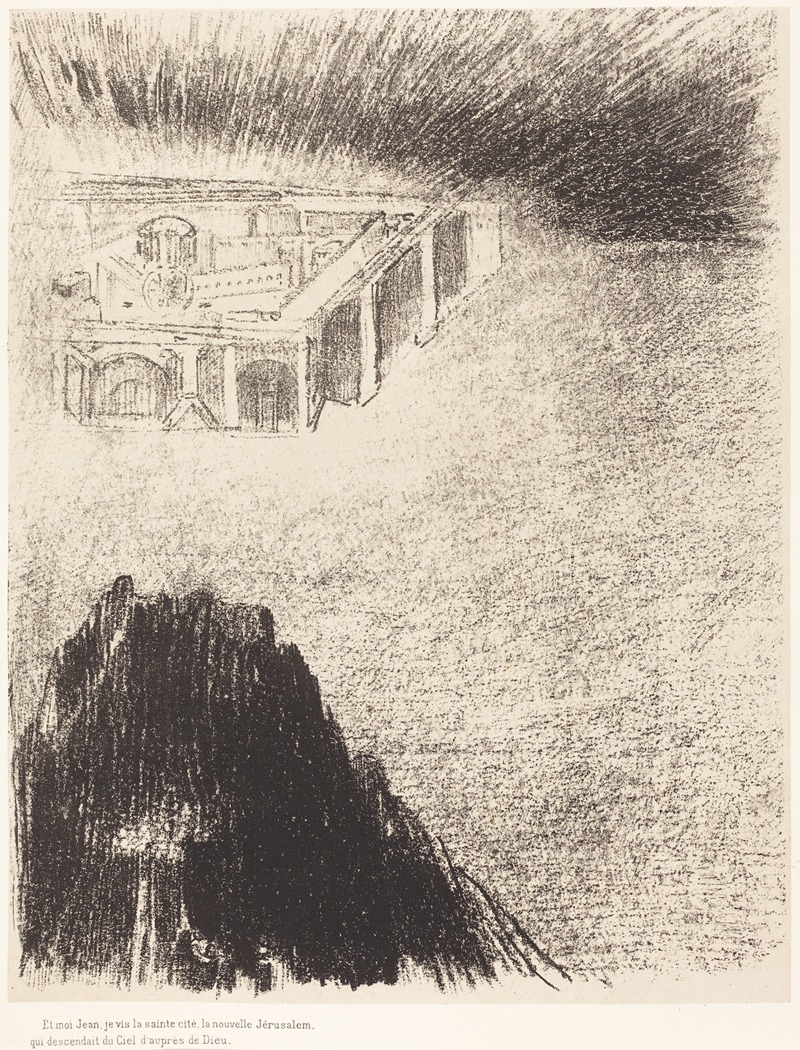
Et moi, Jean, Je vis la sainte cite, la nouvelle Jerusalem, qui descendait du ciel, d’aupres de dieu
A hand-painted replica of Odilon Redon’s masterpiece Et moi, Jean, Je vis la sainte cite, la nouvelle Jerusalem, qui descendait du ciel, d’aupres de dieu, meticulously crafted by professional artists to capture the true essence of the original. Each piece is created with museum-quality canvas and rare mineral pigments, carefully painted by experienced artists with delicate brushstrokes and rich, layered colors to perfectly recreate the texture of the original artwork. Unlike machine-printed reproductions, this hand-painted version brings the painting to life, infused with the artist’s emotions and skill in every stroke. Whether for personal collection or home decoration, it instantly elevates the artistic atmosphere of any space.
Odilon Redon’s painting Et moi, Jean, Je vis la sainte cité, la nouvelle Jérusalem, qui descendait du ciel, d’auprès de Dieu (translated as And I, John, saw the holy city, the new Jerusalem, coming down from heaven, from God) is a work inspired by a passage from the Book of Revelation in the Christian Bible. The title of the painting directly references Revelation 21:2, which describes the vision of the Apostle John as he witnesses the descent of the heavenly city, the New Jerusalem, symbolizing divine perfection and the ultimate union of God with humanity.
Redon (1840–1916) was a French Symbolist artist known for his dreamlike and often spiritual imagery. His works frequently explored themes of mysticism, imagination, and the metaphysical, drawing inspiration from literature, religion, and his own inner visions. This painting is an example of his later works, which are characterized by vibrant colors and a shift from the monochromatic tones of his earlier charcoal drawings and lithographs.
The painting depicts a radiant, otherworldly vision of the New Jerusalem. Redon employs luminous colors and ethereal forms to evoke a sense of transcendence and divine beauty. The composition is suffused with a spiritual atmosphere, reflecting the artist's interest in the interplay between the material and the immaterial. The use of light and color in the painting suggests a celestial realm, aligning with the biblical description of the holy city as a place of divine light and glory.
This work is part of Redon’s broader exploration of religious and spiritual themes, which became more prominent in his art during the later stages of his career. While Redon was not overtly religious, he was deeply influenced by the spiritual and philosophical currents of his time, including Symbolism’s emphasis on the unseen and the ineffable. His art often sought to transcend the physical world and convey a sense of the sublime.
The exact date of the painting is not definitively documented, but it is generally associated with Redon’s mature period, during which he produced many works inspired by biblical and mythological subjects. The painting is notable for its integration of religious iconography with Redon’s unique artistic vision, blending traditional themes with innovative techniques and a deeply personal style.
Today, this work is recognized as a significant example of Redon’s contribution to Symbolist art and his ability to translate spiritual and literary themes into visual form. It reflects his mastery of color and his capacity to evoke profound emotional and spiritual responses through his art. The painting is held in a private collection or museum, though specific details about its current location are not widely available.





